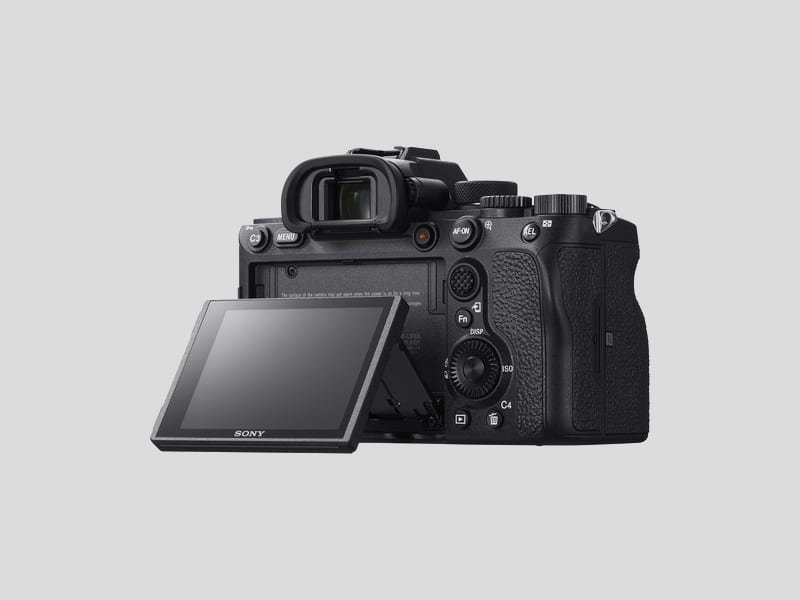The Sony A7R IV Review
The Sony A7R IV is the successor to the popular A7R III. It is based on a similar concept, which is a full-frame mirrorless camera built for high-resolution capture. The picture quality on the A7R III is absolutely stunning. So how is the Sony A7R IV different? Or better? Let’s find out in our detailed review of this product.
The previous models had 42.4 MP sensor, whereas the A7R IV goes up to 61.2 MP. This suggests a notable increase in resolution. There are several other remarkable updates, making this a worthy upgrade and currently the best full-frame camera on the market.
Along with a higher pixel count, the A7R IV has an updated hybrid AF system including 567 on-sensor-phase-detection AF points as well as 425 contrast-detect points, covering 74% of the image frame. You have the option of human and animal real-time eye (detection) AF, and continuous shooting up to 10 fps, with full AF/AE tracking for bursts up to 7 seconds.
In terms of looks and the body, Sony has stuck to its signature style with a few upgrades. It is sized like the other models before it, measuring 3.8 by 5.1 by 3.1 inches (HWD) and weighs 1.5 pounds. For photographers preferring a bigger camera, there is the option of buying an add-on vertical battery grip. That should cost you about $400.

Professional photographers will find that the A7R IV sits more comfortably in their hands compared to the III. The handgrip has been modified, with a bigger design, and deeper indentation. When you pair the camera with a bigger lens, it puts the front dial at an upward angle, that feels and is more comfortable to use than III. In the III, the front dial will be positioned parallel to the top and bottom plates. The A7R IV comes equipped with features to protect itself from dust, dirt, and splashes. Extra sealing around the doors covering its data ports, and battery compartments give it an extra layer of protection. The memory card door has been redesigned completely with a release switch replacing the pull-to-open action.
The extra resolution offered by the multi-shot mode is a relief to most photographers. If they are shooting landscapes or archival work for museums and galleries, the multi-shot mode works efficiently. Museums usually invest in high-resolution medium format equipment for shooting archives or storing records. The 240MP offered by A7R IV is definitely enough to do the job. It is also much affordable than the options available which go up to $50,000. For photographers shooting landscapes, the resolution offered is really helpful. The fidelity provided by multi-shot mode is an additional benefit. The digital sensor design creates some color interpolation during single-shot exposure.The sensor for multi-shot images samples every color channel at every pixel site and every detail, thus removing the need for computational guesswork.
High-resolution images are more prone to showing shakes or jumps in handheld video footage. Sony A7R IV has a stabilization system. It reduces the chances of shaking and smooths away jumps. While it is nothing new, all of Sony cameras have it, it definitely makes sense with the quality of resolution on offer. Stabilization needs to be leveraged and customized for multi-shot mode. The A7R can capture a sequence of four or 16 images in a row. It does so by shifting the sensor slightly between each exposure at half-pixel precision. Photographers have reviewed that the multi-shot mode is much better at capturing texture, feel, and look of various images.
Sony continues its tradition of skipping front control buttons. The lens release is the only button on the front. To the right of the centered hot shoe are the top control buttons. Three control dials, C1 & C2 buttons, and the shutter release which is next to the On/Off toggle switch. The Mode dial has a central locking post, the style that must be depressed as you turn it. The EV dial comes with a lock. The central post locks the wheel with a click, and unlocks it with another, like a ballpoint pen. EV dials are easy to turn but some get switched on while taking the camera out of your bag. It’s better to lock it, thus solving this problem.
Sony’s latest camera offers the best autofocus in the industry and has definitely overtaken Canon and Nikon. It can track the subject ferociously and has a big battery that can last all day. You can even shoot harshly backlit subjects which is difficult with other cameras. It is easily handheld, has a vast lens selection, and can capture any subject from still to moving to landscape to wildlife or sports. It costs more than a Nikon or the A7R III but in terms of size, performance, resolution, and quality you are definitely getting a product worth your money.

